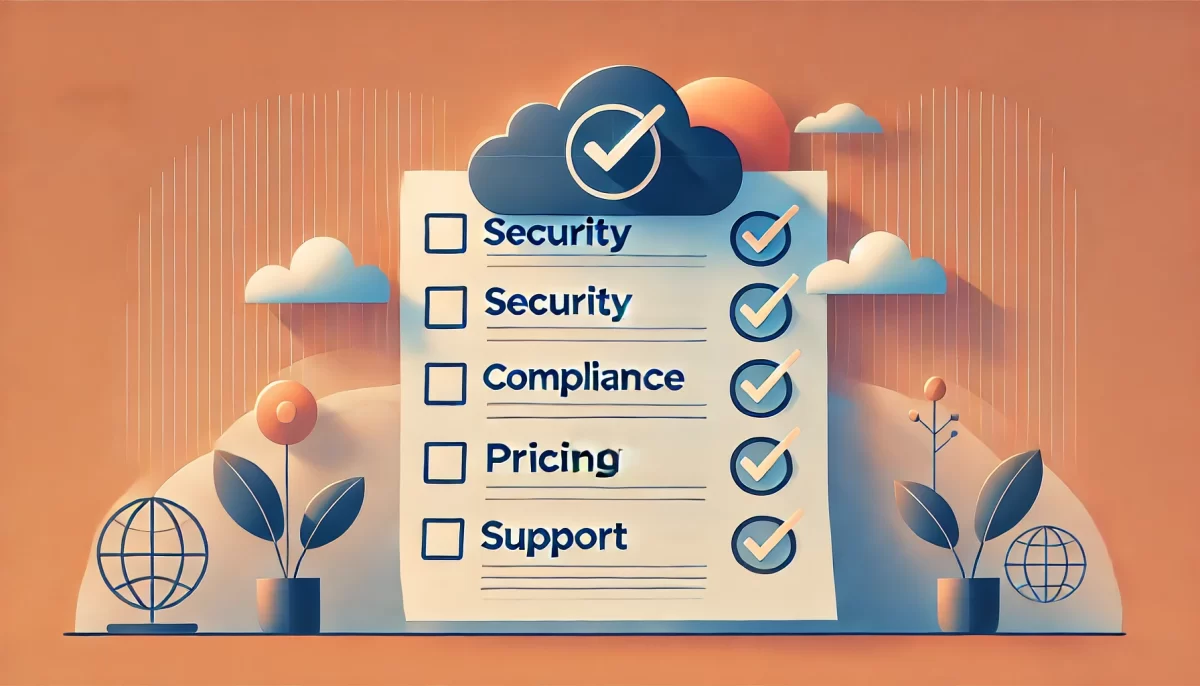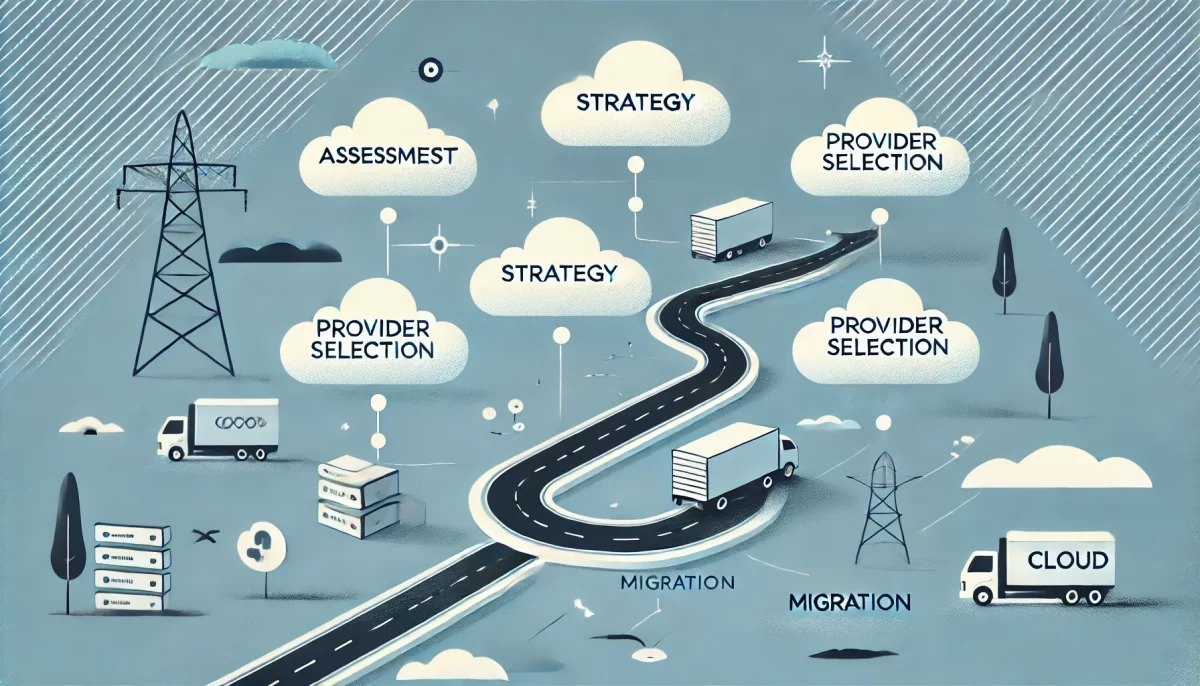In today’s digital race, cloud computing essentials are no longer just an option—they’re the game-changer your business needs to surge ahead. By embracing the cloud, you’re not only unlocking unparalleled scalability, robust security, and cost efficiency, but you’re also setting the stage for agile, future-ready operations. This transformation is the key to fostering seamless collaboration, optimizing resources, and staying ahead in a rapidly changing market. Join us as we dive deep into how these cloud computing essentials can unlock profound benefits for your business today.
Contents
What is Cloud Computing?
Cloud computing refers to delivering various services over the Internet, including storage, processing power, and software applications. It allows you to access these resources online instead of relying on local servers or personal devices to store and manage data. This shift to the cloud has revolutionized how businesses handle their IT needs, providing greater flexibility and scalability.
Why is Cloud Computing Important?
Cloud computing is essential because it offers a variety of benefits that can significantly impact your business. These include cost efficiency, as you only pay for what you use, scalability, allowing you to expand or reduce resources as needed, and accessibility, enabling you to access data and applications from anywhere. Furthermore, Cloud Computing and Roleedge AI enhance collaboration and productivity by allowing teams to work together in real time, regardless of location.
3 Types of Cloud Computing Services
Understanding the different types of cloud computing services is crucial for making informed decisions about which solutions are right for your business. The three main categories are:
1. Infrastructure as a Service (IaaS)
Infrastructure as a Service (IaaS) provides virtualized computing resources over the Internet, including virtual machines, storage, and networking capabilities. With IaaS, businesses can rent infrastructure from a cloud provider, eliminating the need for physical hardware. This model is ideal for companies that require significant computing power and want to avoid the high costs of maintaining their data centers.
2. Platform as a Service (PaaS)
Platform as a Service (PaaS) allows developers to build, deploy, and manage applications without worrying about the underlying infrastructure. PaaS provides tools, libraries, and services that streamline the development process, making it easier for businesses to create custom applications. This service particularly benefits companies focused on innovation and rapid application development.
3. Software as a Service (SaaS)
Software as a Service (SaaS) delivers software applications over the internet on a subscription basis. This eliminates the need for installing and maintaining software on local devices, as users can access the software through a web browser. SaaS is popular among businesses because it provides easy access, automatic updates, and cost savings. Common examples include Microsoft Office 365, Google Workspace, and Salesforce.
The Benefits of Cloud Computing
When it comes to revolutionizing your business operations, cloud computing essentials unlock benefits that go beyond mere convenience. These benefits are the driving force behind why more businesses are turning to the cloud as a cornerstone of their digital strategy. From significant cost savings to the ability to scale effortlessly, the cloud offers a suite of advantages that can propel your business to new heights. Let’s explore how these essential benefits can transform your business and ensure you’re equipped for the future.
1. Cost Efficiency
One of the most significant advantages of cloud computing is its potential to reduce IT costs. Traditional IT infrastructure requires substantial investment in hardware, software, and maintenance. With cloud computing, you can avoid these upfront costs and instead pay for only the resources you use. This pay-as-you-go model is especially beneficial for small and medium-sized businesses that must carefully manage their budgets.
2. Scalability and Flexibility
In today’s dynamic business environment, scaling resources up or down based on demand is invaluable. Cloud computing offers scalability that allows your business to grow without physical infrastructure constraints. Whether experiencing rapid growth or facing seasonal fluctuations, cloud services can adapt to your needs seamlessly.
3. Enhanced Security
Security is a top concern for businesses in the digital age. Cloud providers invest heavily in security measures to protect your data from threats. These providers offer advanced security features such as encryption, multi-factor authentication, and regular security updates. Moreover, cloud services often include disaster recovery and backup solutions, ensuring that your data is safe and can be quickly restored in an emergency.

4. Improved Collaboration and Productivity
Cloud computing facilitates better collaboration among teams, as data and applications can be accessed anywhere. This is particularly beneficial in today’s remote work environment, where employees may be spread across different locations. Tools like Google Drive, Microsoft Teams, and Slack are all powered by cloud technology, enabling teams to work together efficiently and stay productive.
5. Disaster Recovery and Business Continuity
Disasters can strike at any time, whether it’s a natural event or a cyberattack. Cloud computing offers disaster recovery solutions that ensure your business can quickly recover from unexpected disruptions. With cloud-based backup systems, your data is stored securely in multiple locations, making restoring it easier in case of data loss or system failures. This aspect of cloud computing is critical for maintaining business continuity and avoiding costly downtime.
How to Choose the Right Cloud Service Provider
Selecting the right cloud service provider is a pivotal decision that can shape the success of your cloud adoption. With so many options available, it’s essential to make a choice that aligns with your business goals, budget, and security requirements. The right provider will not only offer the services you need today but will also support your growth and innovation in the future. In this section, we’ll guide you through the critical factors to consider, ensuring you make a choice that sets your business up for long-term success.
1. Assess Your Business Needs
Before choosing a provider, evaluate your business’s specific needs. Consider what type of cloud services you require (IaaS, PaaS, SaaS) and the level of support you need. Understanding your requirements will help you narrow the options and select a provider that aligns with your goals.
2. Compare Providers
Once you’ve identified your needs, compare cloud service providers based on their offerings. Look for providers with a proven reliability, security, and customer support track record. Popular providers like Amazon Web Services (AWS), Microsoft Azure, and Google Cloud offer various services that cater to various business needs.
3. Review Pricing Models
Cloud pricing can vary significantly between providers, so reviewing the pricing models carefully is essential. Some providers offer a pay-as-you-go model, while others provide fixed pricing plans. Choose a pricing model that aligns with your budget and allows for flexibility as your business grows.
4. Consider Security and Compliance
Security is a top priority when choosing a cloud service provider. Ensure that the provider you choose complies with industry standards and regulations, such as GDPR or HIPAA, if applicable to your business. Additionally, look for providers that offer robust security features like encryption, firewalls, and regular security audits.

Implementing Cloud Computing in Your Business
Integrating cloud computing into your business is a transformative journey that requires careful planning and execution. By strategically implementing cloud computing essentials, you unlock the benefits of scalability, flexibility, and enhanced security, all tailored to your specific needs. However, to fully realize these advantages, it’s crucial to approach the transition with a well-thought-out plan. In this section, we’ll walk you through the step-by-step process of effectively implementing cloud computing in your organization, ensuring a smooth and successful transition.
1. Evaluate Your Current IT Infrastructure
Before moving to the cloud, assessing your existing IT infrastructure is essential. This evaluation will help you understand what needs to be migrated and what can remain on-premises. Start by identifying the applications, data, and processes critical to your business. Consider the following questions:
- Which applications are resource-intensive and could benefit from cloud scalability?
- Are there any legacy systems that might be challenging to migrate?
- How much data storage does your business currently require?
2. Develop a Cloud Strategy
Once you’ve evaluated your IT infrastructure, it’s time to develop a comprehensive cloud strategy. This strategy should outline your goals, timelines, and the specific cloud services you’ll utilize. Based on your business needs, decide whether you’ll adopt a public, private, or hybrid cloud model. Your strategy should also include a risk assessment and a plan for managing potential challenges, such as data security and compliance issues.
3. Select the Right Cloud Service Provider
As discussed earlier, choosing the right cloud service provider is critical to the success of your cloud adoption. Take the time to compare different providers, considering factors like cost, security, and support. Ensure your chosen provider aligns with your business goals and offers the services you need. Remember, this decision will have long-term implications for your business, so choose wisely.
4. Plan Your Migration
Migrating to the cloud is a complex process that requires careful planning. Start by deciding whether you’ll perform a phased or full migration. A phased migration involves moving specific applications or data sets to the cloud over time, allowing you to manage the process more effectively. On the other hand, a full migration involves moving everything at once, which can be more efficient but riskier.
During the migration, ensure that you have a backup plan in case of any issues. Communicating with your team and providing them with the necessary training to use the new cloud-based systems effectively is also crucial.

5. Optimize Your Cloud Environment
Once your migration is complete, it’s essential to optimize your cloud environment to get the most out of your investment. This involves monitoring performance, managing costs, and ensuring your cloud services are used efficiently. Consider implementing cloud management tools that provide insights into your usage patterns and help you identify areas where you can reduce costs.
Additionally, regularly review your cloud strategy and make adjustments as needed. The cloud landscape constantly evolves, so staying up-to-date with the latest trends and technologies will ensure your business continues to benefit from cloud computing.
The Future of Cloud Computing
The future of cloud computing is brimming with innovation and potential, promising to reshape the way businesses operate. As cloud technologies continue to evolve, they are set to bring even greater efficiency, security, and connectivity. From the rise of artificial intelligence and machine learning to the expansion of edge computing and hybrid cloud environments, the possibilities are endless. In this section, we’ll explore the trends and advancements that will define the future of cloud computing, helping you stay ahead of the curve and ready for what’s next.
1. Artificial Intelligence and Machine Learning
Artificial Intelligence (AI) and Machine Learning (ML) are set to play a significant role in the future of cloud computing. These technologies can analyze vast amounts of data in real-time, providing valuable insights to drive business decisions. Cloud providers increasingly offer AI and ML services, making it easier for businesses to incorporate these technologies into their operations.
2. Edge Computing
Edge computing is an emerging trend that involves processing data closer to where it is generated rather than in a centralized cloud. This reduces latency and improves performance, making it ideal for applications that require real-time data processing, such as IoT devices. As the demand for edge computing grows, we expect to see more cloud providers offering edge solutions.
3. Hybrid and Multi-Cloud Environments
Many businesses are adopting hybrid and multi-cloud environments to take advantage of the best features of different cloud providers. A hybrid cloud combines on-premises infrastructure with cloud services, while a multi-cloud climate involves using services from multiple providers. These approaches offer greater flexibility and reduce the risk of vendor lock-in.
Conclusion: Unlock the Benefits of Cloud Computing Today
Cloud computing is a powerful tool that can transform your business by reducing costs, improving scalability, enhancing security, and fostering innovation. By understanding the essentials of cloud computing and implementing it effectively, you can unlock these benefits and position your business for success in the digital age.
Don’t wait—take the first step toward cloud adoption today. Whether you’re looking to streamline operations, improve collaboration, or leverage the latest technologies, cloud computing offers the solutions you need. Invest in the cloud and unlock your business’s full potential.




